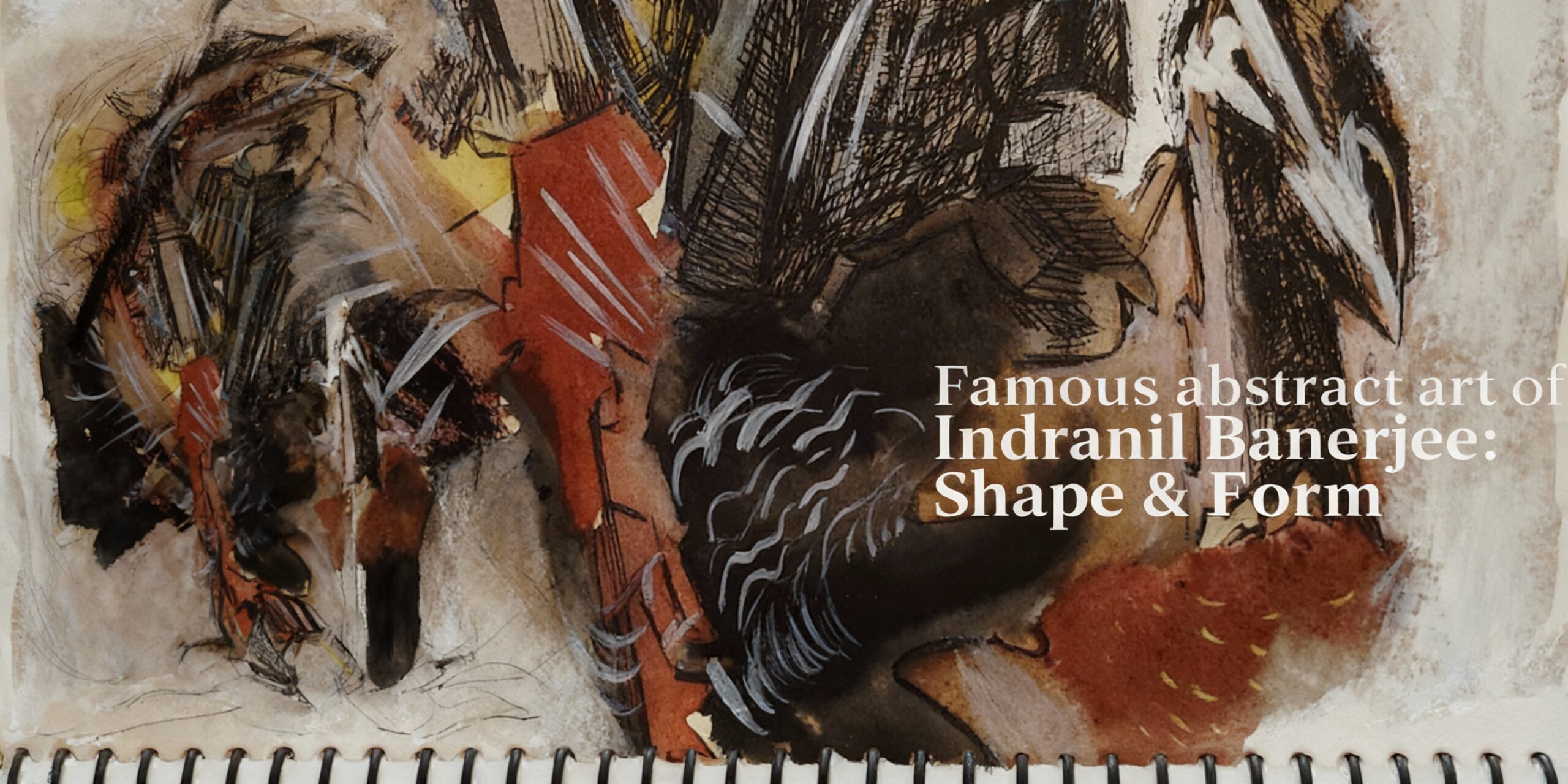Famous abstract art of Indranil Banerjee: Shape & Form
The famous abstract art of Indranil Banerjee turns minimal shapes into instantly recognizable forms. Banerjee, a Kolkata-based abstract artist, intentionally positions circles, ovals, and triangles so that even chaotic compositions suggest real objects. This approach is detailed in his patented theory and leverages a natural process. The visual cortex first encodes edges, and then the brain matches those shapes to familiar patterns stored in memory. He describes his goal as uncovering hidden shapes in abstract textures. In practice, viewers quickly interpret simple shapes (a triangle as a nose, two ovals as eyes). They then mentally complete the image of a face or figure.
Abstract Form and Familiarity: How Basic Shapes Build Recognizable Art
Bored Panda notes Banerjee became known globally as an innovator in abstract art. His canvases may be dark and complex, but each contains clear geometric cues. Banerjee places eye-, nose-, and mouth-like forms in expected arrangements. This taps into innate recognition. The viewer doesn’t just see color and texture – they sense a pattern. This fits with science. Vision research shows distinct edges and familiar shapes are recognized rapidly. Because pattern recognition is so powerful, an arrangement of a few simple forms can trigger seeing a known object. For example, a triangle flanked by two circles is instantly read as a face. Psychologists define pattern recognition as matching stimuli to memory. In this way, a few simple shapes can transform a random painting into a meaningful image. Banerjee’s pieces leverage this: each painting is a visual puzzle with a built-in solution.
famous abstract art of Indranil Banerjee: Brain & Perception
The brain excels at finding edges. Primary visual area V1 acts as an edge detector. For example, the bold strokes in the artwork create a rough outline of a body. These edges are the first step: V1 neurons respond strongly to high-contrast boundaries. Banerjee emphasizes exactly these edges. In the next stages, the brain uses that outline to construct a whole shape.
It’s not only edges – the brain actively seeks known patterns. Humans naturally see faces and forms everywhere. Vision science shows a canonical face layout (two eyes above a mouth) triggers strong brain responses. Banerjee leverages this: he keeps the spatial pattern of a face – two eyes over a nose – in his compositions. This makes the brain interpret the abstract shapes as a face. Even if forms are stylized or broken, that arrangement signals familiarity.
These principles apply to all familiar forms. Our brains have templates for bodies, animals, and objects – each with a typical layout of parts. Gestalt psychology teaches we perceive the whole pattern, not isolated fragment. Banerjee provides those anchors by placing basic parts where they ‘belong’. The whole then emerges. Each element is a clue in a visual puzzle. This strategy turns a random canvas into something our mind automatically assembles. In his art, even swirls of color become a coherent figure or scene.
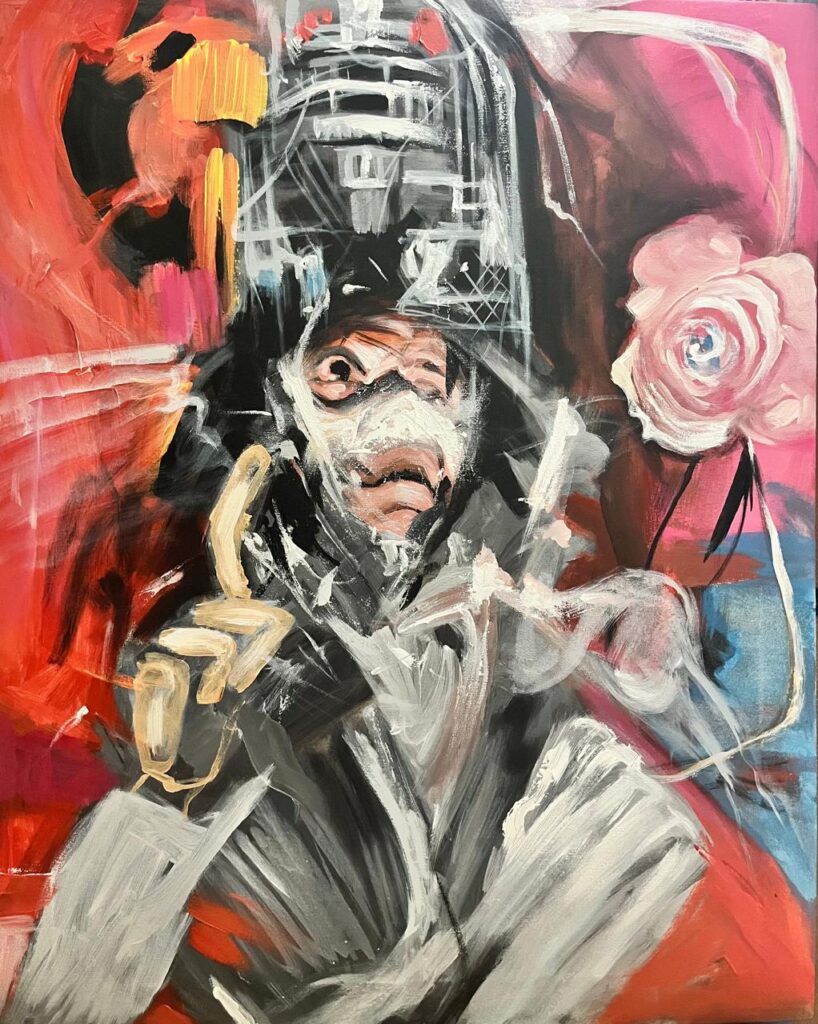
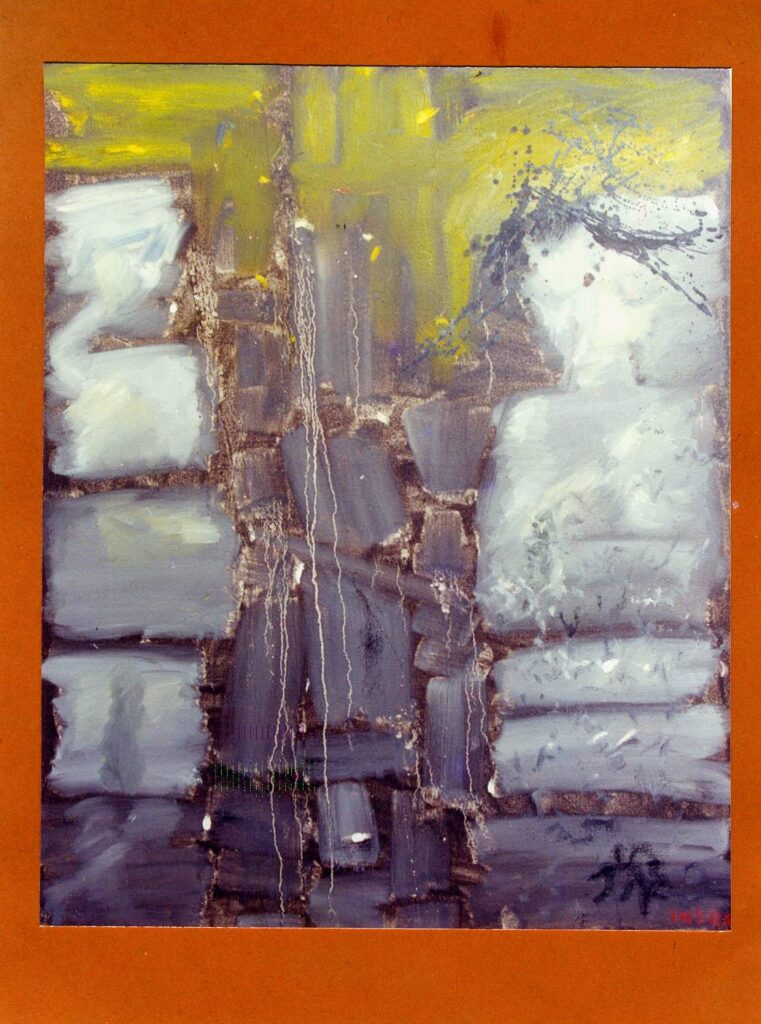
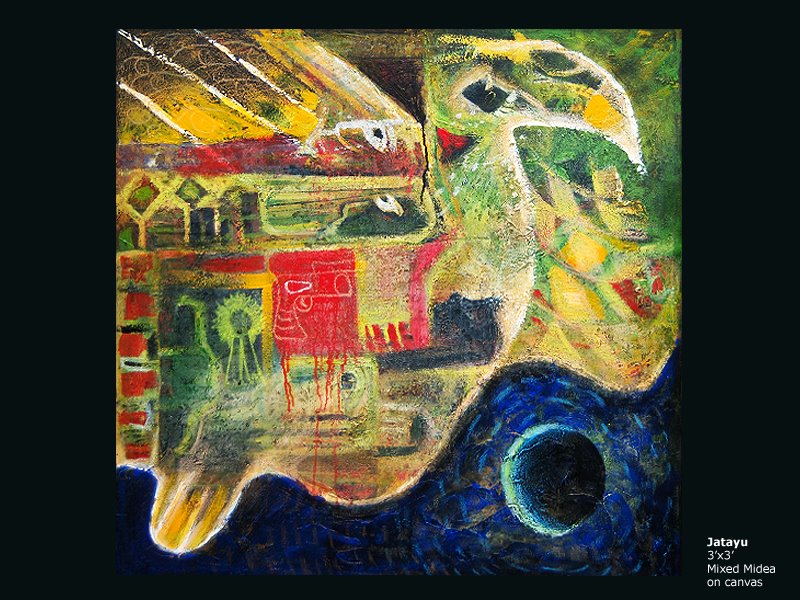

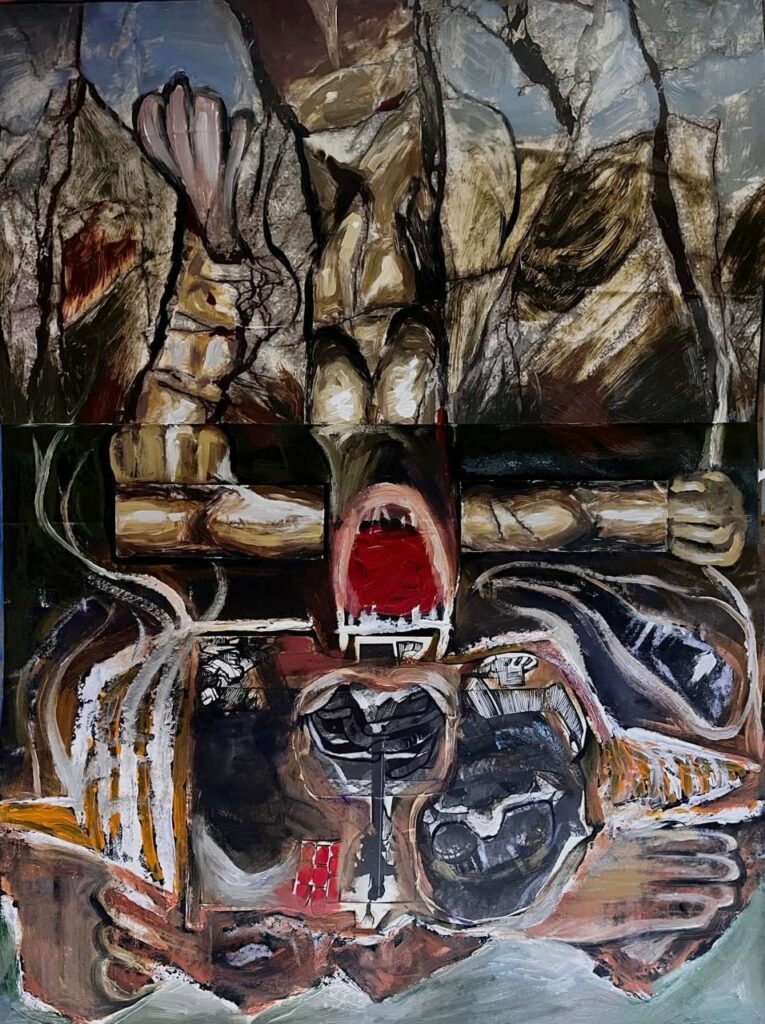
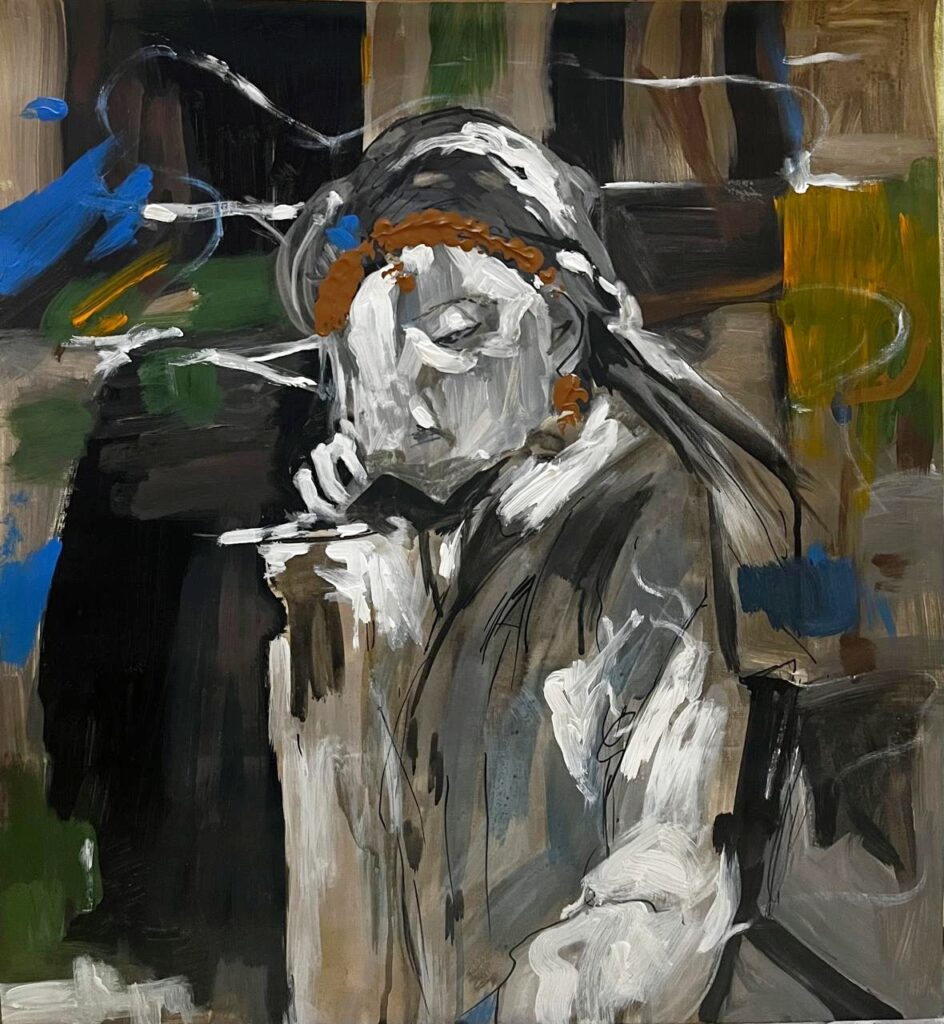
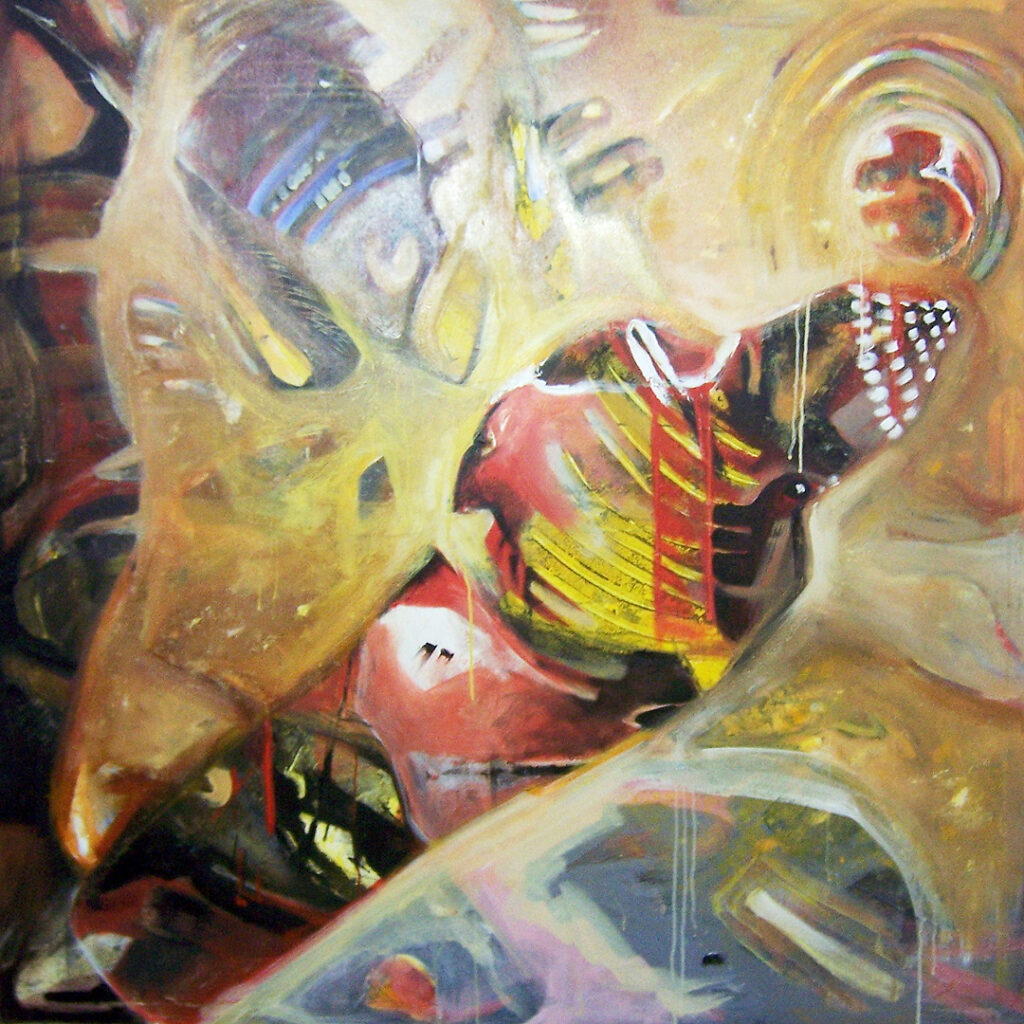

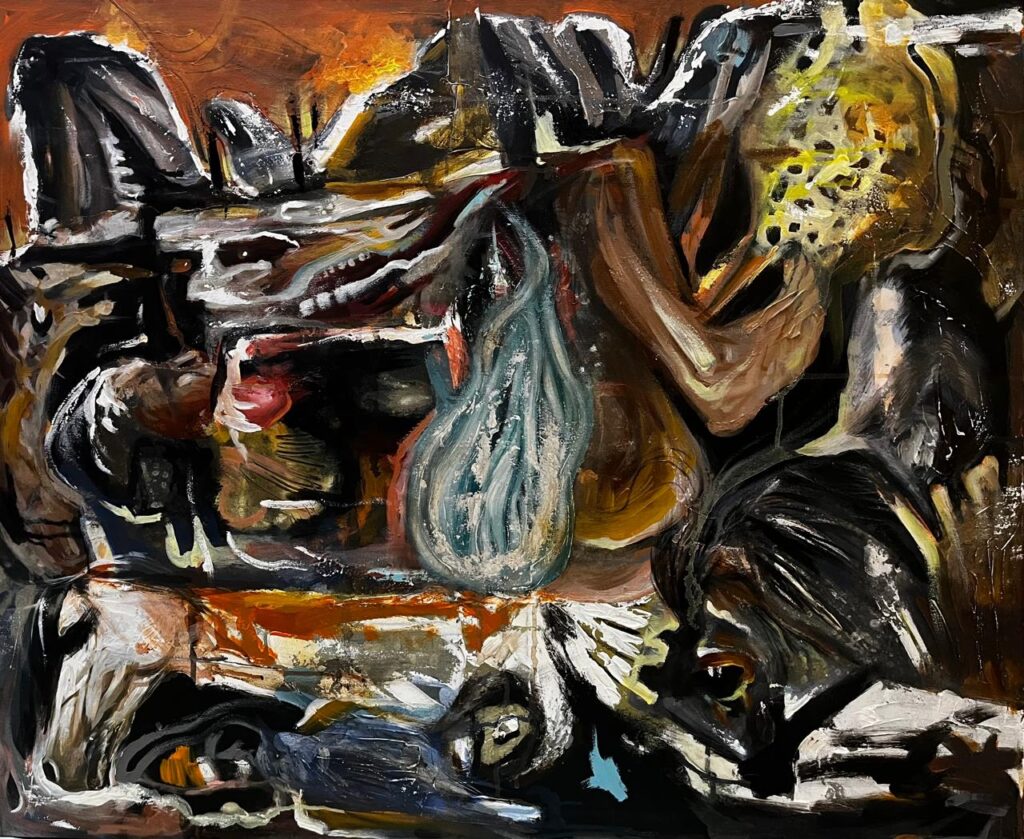

famous abstract art of Indranil Banerjee: Geometric Building Blocks
Basic geometric forms are the alphabet of Banerjee’s pictures. He ‘relies heavily on geometry‘: he may use a circle to outline a face or eye, an oval for an arm, and a triangle for a nose or roof. Each canvas contains these elements. He retains their positions so a human figure’s parts stay where they belong. This clarity is crucial: every shape stays tied to a known object or body part. The simplicity of form means that, even amidst chaos, each part anchors back to something familiar.
Even transformed shapes still signal life. For example, a painting might arrange two ovals above a triangle – a clear face layout. Neuroscience confirms that pattern (eyes over nose) triggers face perception. Banerjee exploits this, so we see a face even in abstract strokes. He uses the same idea for other objects. A triangle above a rectangle can be a roof over a door or a head on shoulders. By mapping objects to anatomy, his works invite connections. We end up seeing houses as faces or leaves as feathers – basic geometry makes this possible.
The key is relatability. Universal shapes ensure every part of the painting links to something we know. Pattern recognition in the brain does the rest. Banerjee’s system guides our perception: we instinctively group the elements into familiar objects. Each circle or triangle functions as an anchor. The result is an abstract tapestry that the viewer’s mind confidently resolves. Even a wild abstract design contains hidden order.
famous abstract art of Indranil Banerjee: Emotional Resonance
The power of Banerjee’s strategy is as emotional as it is visual. Studies suggest people find pleasure in resolving ambiguity. By giving hints of familiar forms, Banerjee taps this emotional payoff. In a painting like the one above, subtle eyes or a mouth draw us in. We feel a connection because part of the image is understood automatically. Many call these inspiring pieces of art for that reason – the viewer’s mind rejoices in solving the visual puzzle. By providing recognisable cues, he transforms bold abstraction into an engaging journey. His art bridges abstraction and emotion, making complex imagery both accessible and moving.
Without these cues, an abstract canvas can feel distant. Banerjee avoids that trap. In fact, his approach has become known as one of the best artwork examples of tying form with feeling. Audiences spend more time on his canvases, drawn to the mystery as much as the colors. The viewer’s brain works to decode each painting – exactly what the method aims for. This cognitive engagement ensures that his work is not just seen, but felt and understood.
Indranil Banerjee’s style proves that abstract art need not be detached. Viewers often report that his canvases feel both new and strangely familiar. Even a chaotic painting can yield a face or figure. This is by design: every famous painting he creates invites that recognition. At its core, his art relies on something very human: the urge to connect pieces into a coherent whole. In sum, Banerjee shows that even the most unique art can be built from simple, universal shapes. The result is an abstraction that feels reassuringly clear, as if the painting is speaking directly to the viewer’s mind.
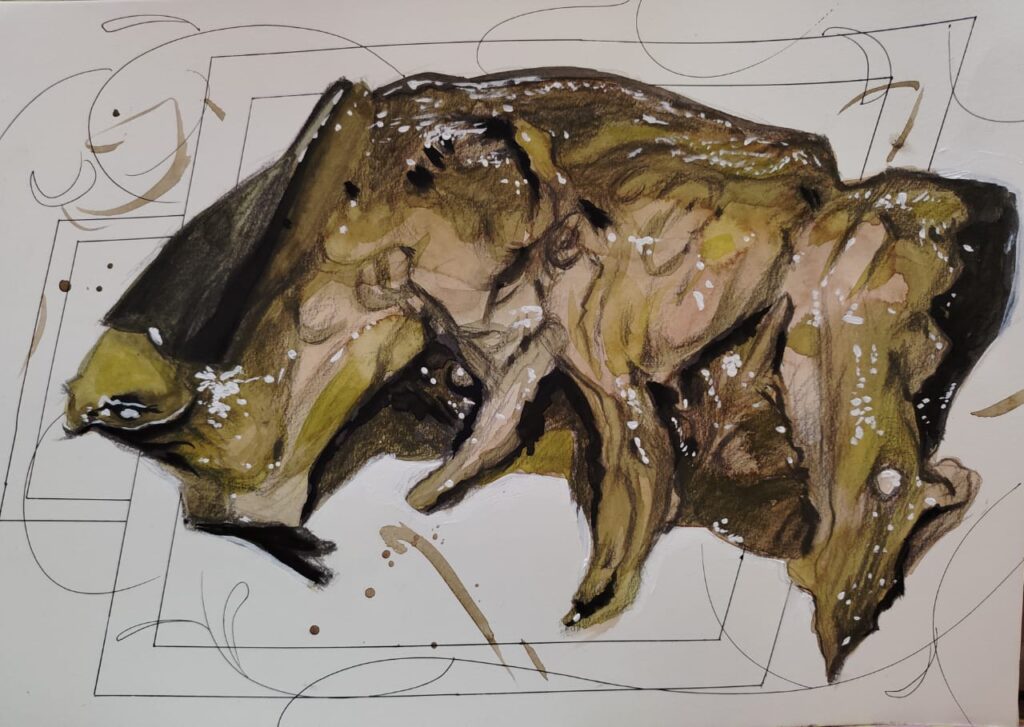


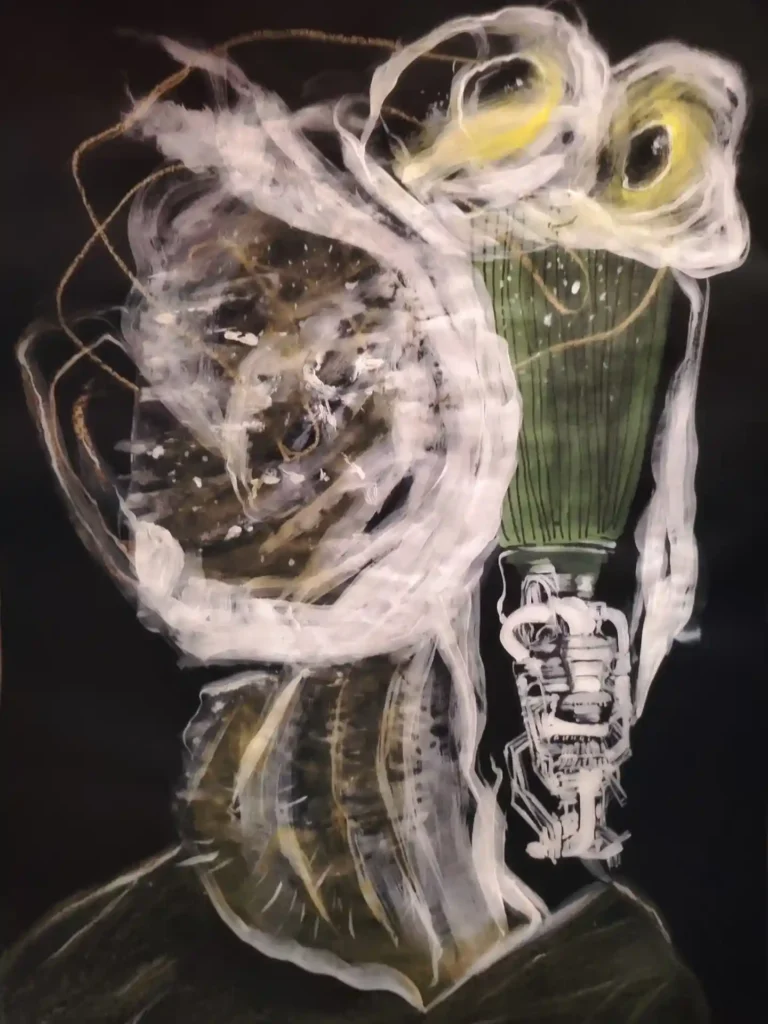
famous abstract art of Indranil Banerjee: Legacy & Impact
Beyond the gallery, this shape-driven abstract style can inspire other fields. His published theory notes the method can apply across painting, sculpture and digital art. Imagine a mural or interface designed so the audience instantly recognizes patterns. Banerjee’s idea suggests that making abstraction relatable can be a powerful tool in visual communication. It means artists and designers can pair creativity with human perception intentionally. In practice, what is purely decorative can also be instructive.
Ultimately, each painting becomes a conversation. By structuring an abstract work with familiar geometry, Banerjee invites viewers of all backgrounds. Even someone with no art training finds an entry point. In some ways, he has created an educational blueprint: geometry as visual grammar. The canvas is a confidant that listens – his art expresses personal emotion, but the shapes speak a universal language. This synergy has made his pieces extremely engaging, drawing people to his inspiring pieces of art and best artwork alike.
In conclusion, the famous abstract art of Indranil Banerjee shows that even complex abstraction can convey clear meaning through basic shapes. His paintings teach that complexity can be made approachable with the right geometry. With each circle and triangle, he builds a bridge between mind and canvas. The art is unique, but the shapes are simple. The end result is abstraction that feels both avant-garde and welcoming. As viewers study his canvases, they realize the forms on the canvas are already part of them – making each composition feel reassuringly familiar.

